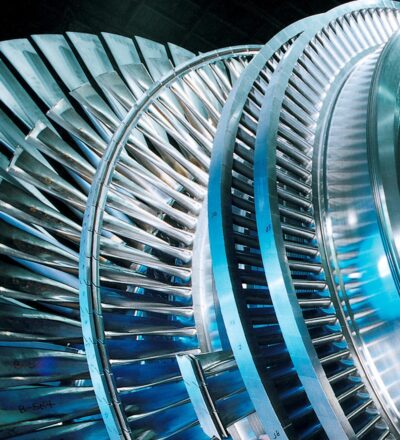The industry is a large consumer of energy and about two-thirds of the industry’s energy use is represented by heat. Often high-temperature heat is required, which is currently provided by burning natural gas. However, for industry to meet the climate goals we will need to move to low-carbon heating systems. One way to achieve this is by implementing high temperature heat pumps. These heat pumps, however, are not yet commercially available. The COMTA project proposes to start using the electrically driven thermoacoustic heat pump (TA) for industrial purposes. COMPTA works to to further develop the compact TA pump technology and prepares for technical demonstration on full scale.
The electrically driven thermoacoustic heat pump can deliver heat of up to 200°C and it can cover a very wide range of temperatures with a fixed standardized design. Because it is electrically driven, it will become completely carbon free once fully renewable electricity supplies have become a reality in the future.
Feasibility of compact thermoacoustic heat pump
The COMTA project aims to experimentally demonstrate the feasibility of the compact thermoacoustic heat pump utilizing the COMTA bench scale test set-up. Major developments in COMTA are the use of an industrial piston compressor as driver and the strongly reduced dimensions of the pressure vessel (no resonator has been applied). Both developments will reduce future investment costs of the heat pump.
First results
The COMTA heat pump is electrically driven by means of an adapted piston compressor. The thermoacoustic heat pump is mounted on the compressor skid and installed at TNO Petten. The COMTA heat pump set-up is commissioned in March 2020 and initial successful tests series have been executed including recent tests with saturated steam delivery at 168 °C.
These first COMTA test results are unique and demonstrate the working principle of the compact design with a piston compressor as driver.
Outlook
The thermoacoustic heat pump part originates from a previous test setup (TASTE) and this part will be optimized for the COMTA conditions. A large increase of thermal output is expected by an increase of the working pressure, optimized heat exchangers and a new regenerator suitable for the lower frequency. In this case even higher steam delivery temperatures up to 200 °C will become a possibility. The measurement of the mechanical power delivery by the piston will give insight in system losses and guidance for further improvements.
This project is co-funded with subsidy from the Topsector Energy by the Ministry of Economic Affairs and Climate Policy.
Acknowledgement
This project is co-funded with subsidy from the Topsector Energy by the Ministry of Economic Affairs and Climate Policy.
